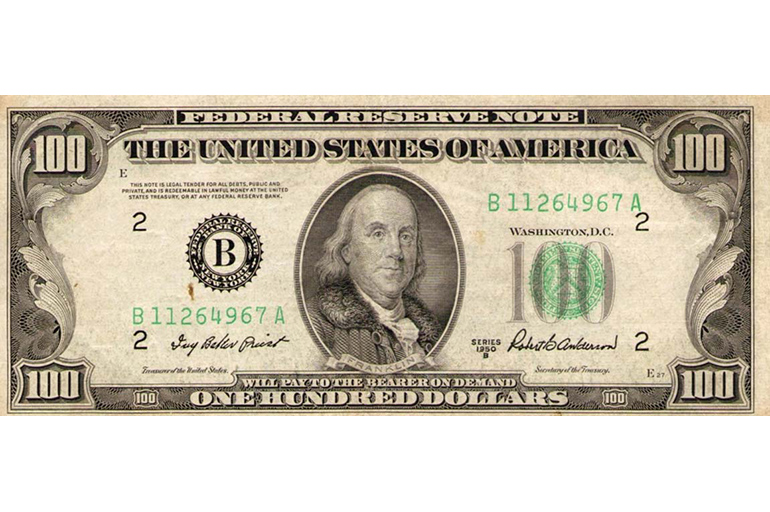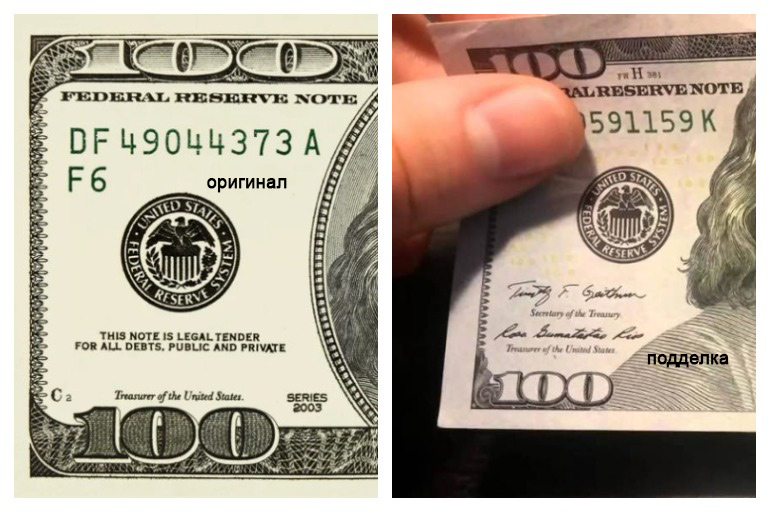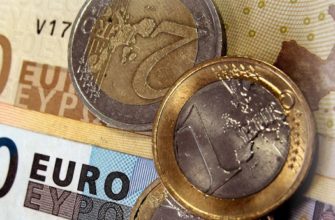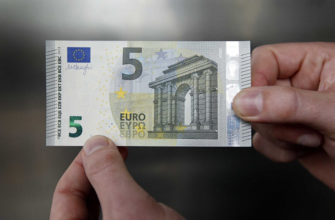Counterfeiting $100 is not an easy task, but it is lucrative. For this reason, fakes often get into circulation. Gross fakes are easy to spot, but for tourists and citizens of countries where the dollar is not the main currency, this is not an easy task. It is possible to detect a high-class fake only with the help of special equipment.

What does a 100 dollar bill look like?
Benjamin Franklin is featured on the front of the $100 bill. He is one of the Founding Fathers of the United States. On the reverse side of the banknote you can see Independence Hall. In it, in 1776, they discussed, agreed and approved the Declaration of Independence. The US Constitution was also signed here.
The number is additionally printed in each corner of the banknote. On the lower right part of the bill, it is applied with special paints, so its color is different.
The new banknotes are slightly different in design from the old ones. For example, they contain an excerpt from the Declaration of Independence and an image of a pen. The main difference lies in the list of security elements used. For series 1996-2003. their number is reduced to 5: ribbon, watermark, microprint, special ink and concentric lines. Additionally, magnetic elements and special fibers are introduced into banknotes. A holographic thread is sewn into the new banknotes. They have a relief print and an image of an inkwell.
.jpg)
Types of fakes
Conventionally, the types of fakes can be divided into the following:
- Modified. A fake is made from existing banknotes of a smaller denomination. As a basis, use 1 or 5 dollars. In the first case, the attackers draw two zeros, turning 1 into 100. In the second, they wash off the number and apply it themselves.
- Self made. Banknotes are printed on paper, imitating design and security elements. Most often these are low-quality fakes, but there are exceptions. For the manufacture of original banknotes, a mixture of classic paper and linen is used, so they resemble canvas in texture.
- Comic or props. Banknotes can repeat the original almost completely, however, inscriptions are applied to their surface, specifying that this is counterfeit money. For example, the For motion picture use only mark means that you have a prop for use in a movie. Often there are humorous phrases on such banknotes. The portrait can be completely or partially changed. The manufacturers of such banknotes do not have fraudulent intentions, however, attackers can use banknotes for their own purposes.
Read also: 100 euro how to spot a fake
Authentication Methods
Counterfeit detection methods depend in part on the series of banknotes. This is due to the different design and list of protective elements used. For example, the new banknotes do not depict the facade, but the back of Independence Hall.
Old banknote
Old banknotes are counterfeited more often.

To verify the authenticity of the banknote, pay attention to the following details:
- frame. The border is continuous, with clear boundaries and elements, not blurry.
- Portrait. Looks realistic. The facial expression of the person corresponds to the original. The portrait is drawn in detail, it stands out on the general canvas.
- Serial number. Printed on front side right and left. The ink color and character combination must match.
- Protective tape. It can be seen under bright rays. The thread is printed with the word USA and the denomination - 100.
- Watermark. It is located to the right of the portrait and partially repeats it, but is made in a different style and is notable for its small size.
- Image on the back of the banknote. On the bill, you should see the front facade of Independence Hall.
new sample
Banknotes of the new sample are almost never counterfeited. This is due to the high degree of their protection. The production of such bills will cost counterfeiters more, and the chance of revealing fraud will be higher.
.jpg)
You can make sure that this is not a fake in front of you by the following signs:
- light blue paper
- portrait and watermark;
- holographic protective tape;
- an image of a feather, a phrase from the Declaration of Independence, a symbol of freedom;
- relief coating;
- numbers printed in iridescent colors;
- the image of the inkwell changing from the angle of inclination;
- signature of the US Secretary of the Treasury;
- serial numbers;
- gold denomination on the reverse side;
- image of the rear facade of Independence Hall.
Read also: 1000 rubles
The main differences between a real bill and a fake one
Counterfeits, on closer examination, look of poor quality. They are made using plain paper. They have almost no details. Security elements are either missing or copied inaccurately and incompletely. The inscriptions are printed in simple ink, can be erased or leave marks on the fingers with tangible touches.
For a quick check, you can use a table with common differences. It will help to quickly identify a low-quality fake. High-class fakes are determined by professional methods.
| sign | Genuine banknote | Counterfeit banknote |
| paper texture | The composition of the paper includes cotton and linen, so it is strong enough and does not lose this property over time. At the same time, banknotes are thin. Part of the image is embossed | The paper is flat, without embossed elements. According to tactile sensations, it is no different from a simple one, it is easily torn. Bills are dense, thick, do not bend well |
| Level of detail | Tall. The image is saturated with elements, including small ones. There are many inscriptions on it, there is a serial number, the denomination is printed several times. The portrait is clear, repeats the original by the artist J. Duplessis | Short. Some parts are missing or modified. Small elements are blurry and merge. Frame intermittent |
| Protective elements | Upon closer examination, you can find a watermark that repeats the portrait. Security tape has been introduced next to the Federal Reserve seal. The denomination and the name of the country are applied to it. Some elements change appearance depending on the viewing angle | Protection missing or copied carelessly. For example, red and blue fibers may be printed on the surface, although they are intertwined with paper fibers in original banknotes. |
Paper
For the manufacture of banknotes in the United States, wood-free paper is used. It consists of linen and cotton, so the material is closer in texture to the fabric. Silk blue and red fibers are introduced into the structure of banknotes. If you look closely, you can see how they intertwine with the rest of the threads. The paper is elastic, easily bent, and emits a characteristic rustle when rubbed. Under ultraviolet rays, the material does not glow.
.jpg)
Images
For drawing images, a special paint is used, which is created according to a secret recipe. It is not used for other production needs. Due to the special composition, the images are glossy, embossed and clear. Some elements are magnetic. With strong friction on the paper, the paint leaves traces, but this requires great effort. The image does not become blurry or erased.
Relief
On closer inspection, you can find that some of the printed elements are convex, rising above the layer of paper. This is especially true for portraits. It has full-fledged relief parts. For example, a collar. The image of the denomination, frames with texts, the signature of the minister and some other details are also voluminous.
It is difficult to make banknotes with a relief surface, so counterfeiters most often ignore this feature when copying.
Print legibility
Images on genuine banknotes are clear, not blurry, without distortion. This applies not only to the portrait and inscriptions. When viewed, you can easily distinguish small marks, a watermark and an engraving on a protective tape.

Color
The shade of the substrate depends on the release series. In the design of old banknotes 1996-2006. light yellow, green and black shades predominate. On new banknotes, the backing is yellowish-blue.
Some elements change color depending on the viewing angle. For example, on new banknotes there is a copper image of an inkwell. If you turn the bill, a green bell will appear in the picture.
The denomination number in the lower right corner also changes color to black, copper or green, depending on the series.
Security thread
A protective tape is sewn into the paper. It is transparent, so it is difficult to see it. The surface is inscribed with 100 and USA inverted and upright. The authenticity of the security thread is checked using ultraviolet radiation. The new banknotes additionally have a blue ribbon with a bell.
Watermark
The watermark is another subtle detail that counterfeiters often ignore. It repeats the portrait, but is less distinguishable and occupies a smaller area. On new banknotes, the watermark looks a little different, so it is better to familiarize yourself with the samples in advance.
.jpg)
Size
The size of banknotes, regardless of the year of issue, is the same: the length of the banknote is 15.6 cm, and the height is 6.6 cm. For a fake, the dimensions may differ slightly. Rough fakes have jagged edges.
Serial number
Each banknote has its own identifier. If you have received several banknotes, first check their serial numbers with each other. If they are the same, you have a fake.
The numbers on the back and front sides of the bill must match, and the letters in the identifier must be consistent with the year and place of issue.
Professional Verification Methods
Banknotes are checked in the following ways:
- With the help of ultraviolet radiation. The fake glows entirely. The original does not luminesce, the rays reflect only protective elements. The ribbon glows pink on both sides. Silk fibers embedded in paper also luminesce.
- using infrared mode. On banknotes issued after 1996, you will see transparent or white vertical stripes. Their location must match the pattern. Deviations of 2-3 mm are allowed.
- With a magnetic sensor. The paint contains a ferromagnetic component.
What to do if you find a fake $100
A counterfeit bill should be put in an envelope and taken to the bank for examination. If you have concerns, you should contact law enforcement officials. You need to tell them where you could get the banknote so that they figure out the intruder.

.jpg)













I think that people who go for a fake like this are inadequate. all because they let a bunch of people down when they counterfeit banknotes, and it's a very bad thing in a very purely human way. it’s good that there are already cryptocurrencies and other things that can’t be faked already and therefore it’s better than paper and fiat money, it’s good
I hope that someday someone will deal with these counterfeiters so that they already understand that it is not worth counterfeiting, especially not worth counterfeiting banknotes, because there are so many troubles from this in general, do they not think about people at all? need to spread this information to know more about it
you can see such a great thing here. It's good that only such things exist on the Internet. fakes should be removed in general from all topics and spheres of life, I do not understand people who waste time making fakes. is that cool? Is it really cool to fake and not invent something of your own?
the good thing is that you can follow even more similar articles. I want to see how you know how to identify fakes as quickly and correctly as possible. during fakes for famous things, this is oh, how necessary. it's good what it is
I had such an experience once - I almost sold such a bill as a money changer in the market. I said to him, let's say another harshly, he smiled a little and gave the real one. And so almost everything is determined by the watermark, because this is the easiest. It is important to be careful as scammers do not sleep.
Once I was cheated by money changers in the market, they sold a re-glued 10-dollar bill to 100 dollars, did not look at the image of the President of America and paid. Dollars are counterfeited most often, because the majority of the population of post-Soviet countries prefers to save their money in dollars.